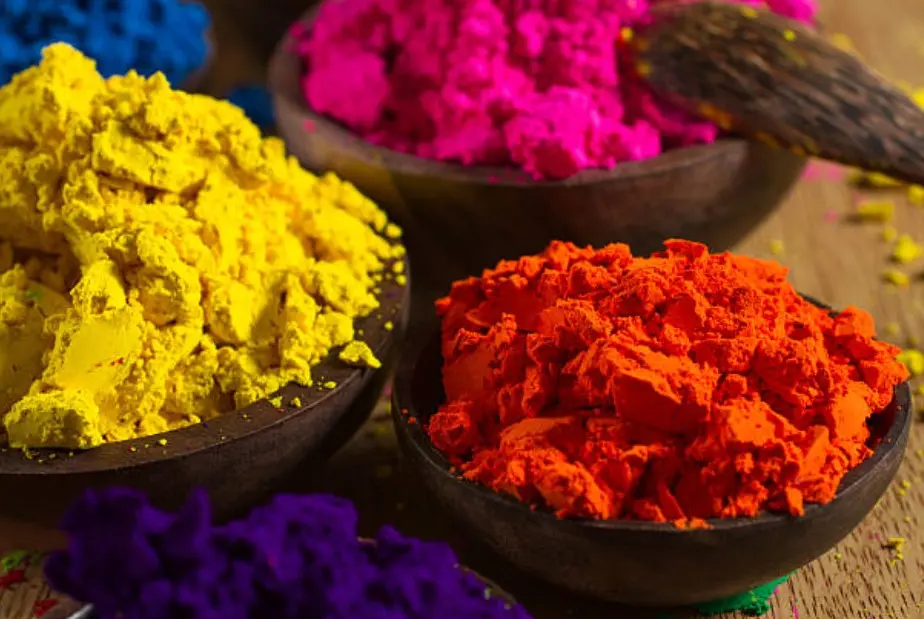In an era where consumers are reading food labels more closely than ever, the demand for natural, safe, and recognizable ingredients has transformed the food industry. Among the leading trends is the use of natural food coloring—vivid pigments derived from plants, vegetables, and fruits. At the heart of this transformation are the natural food color manufacturers who bridge science with nature to help brands meet growing expectations.
One standout ingredient in this clean-color revolution is paprika food coloring—a warm, red-orange hue extracted from the humble pepper. Its versatility, safety, and stability make it a favorite across a wide range of food categories.
Why Natural Food Color Matters
Today’s food is not just about taste—color plays a crucial role in how we perceive freshness, flavor, and quality. While synthetic dyes once dominated the market for their affordability and stability, they’ve increasingly come under scrutiny due to consumer health concerns and regulatory restrictions.
This shift has created opportunities for natural food color manufacturers to lead innovation—developing stable, vibrant, plant-based alternatives that align with clean-label standards.
The Role of Paprika Food Coloring
Paprika food coloring is derived from the capsicum annuum pepper, widely known for its use as a culinary spice. The extract contains carotenoids like capsanthin and capsorubin, which deliver a vibrant reddish-orange hue. It’s an ideal natural substitute for artificial red and orange dyes in both savory and sweet applications.
Whether it’s used in snacks, cheeses, sauces, or processed meats, paprika extract provides not just a warm color, but also peace of mind for manufacturers and consumers alike.
What Natural Food Color Manufacturers Offer
Modern natural food color manufacturers are not just ingredient suppliers—they are innovation partners. Their role involves:
- Extraction Expertise: Extracting pigments like paprika efficiently, while preserving color intensity and minimizing flavor impact.
- Stability Solutions: Enhancing heat, pH, and light stability to meet the demands of different food processes and shelf-life requirements.
- Regulatory Compliance: Navigating international food safety standards to ensure paprika and other natural colors can be used legally and safely in global markets.
- Custom Blending: Offering tailored color blends to meet brand-specific hue targets, such as combining paprika with turmeric or beetroot for unique shades.
- Sustainability and Sourcing Transparency: Ensuring that raw materials like paprika are responsibly sourced and processed with minimal environmental impact.
Applications of Paprika in Food and Beverage
Paprika food coloring has found a home in numerous food categories due to its appealing tone and functional properties:
- Snack Seasonings: Brings a natural red-orange hue to chips, nuts, and popcorn.
- Processed Meats: Enhances the visual appeal of sausages, salami, and plant-based meat alternatives.
- Dairy Products: Adds color to cheese spreads, butter, and flavored cream cheese.
- Sauces and Soups: Elevates color in tomato-based sauces or broth mixes.
- Ready Meals and Rice Dishes: Offers a warm, appetizing tint to convenience foods.
The Future of Natural Food Coloring
As the clean-label trend matures, brands will increasingly rely on manufacturers who understand the science of color and the nuance of natural ingredients. Paprika food coloring will remain a key tool—not only for its visual warmth but also for its alignment with consumer values: simplicity, familiarity, and health-consciousness.
Natural food color manufacturers that prioritize quality, customization, and sustainable sourcing will continue to set the standard as the food industry moves toward transparency and authenticity.
Conclusion
Working with the right natural food color manufacturer is essential to deliver consistent, beautiful, and safe colors in today’s competitive food space. And when it comes to natural reds and oranges, paprika food coloring is one of the most trusted solutions—proving that the right color can be both vibrant and clean.


